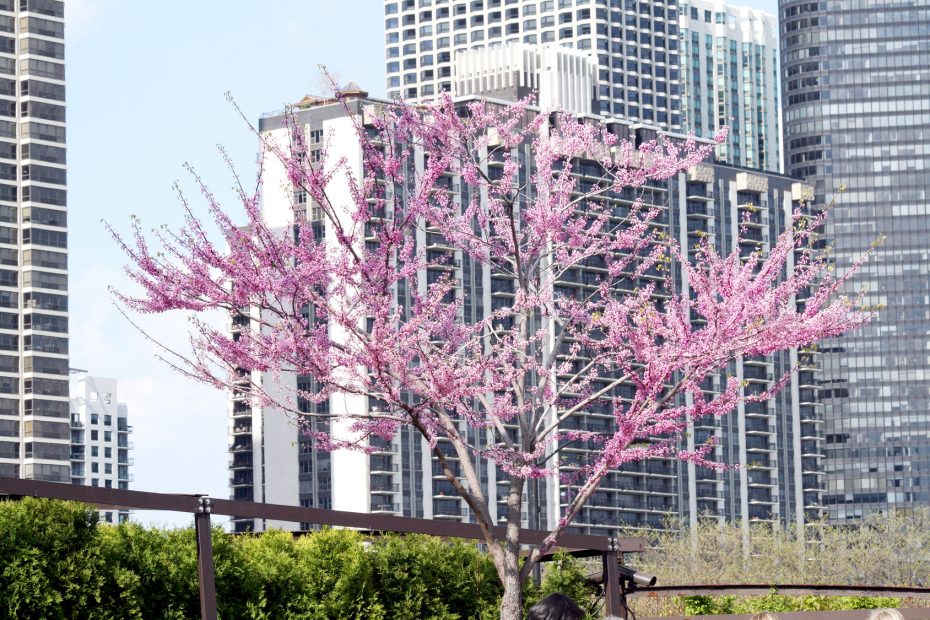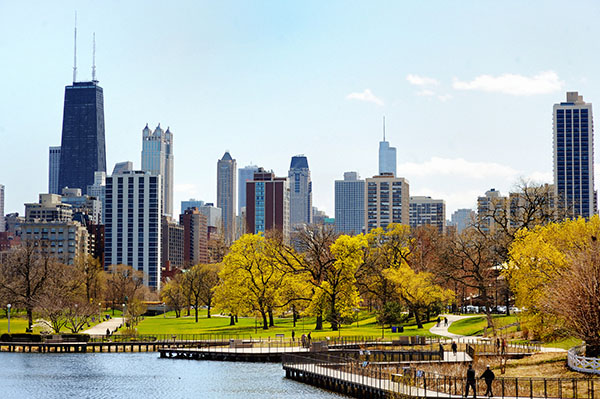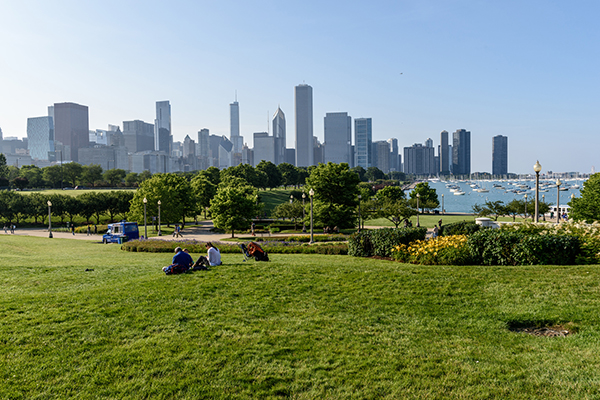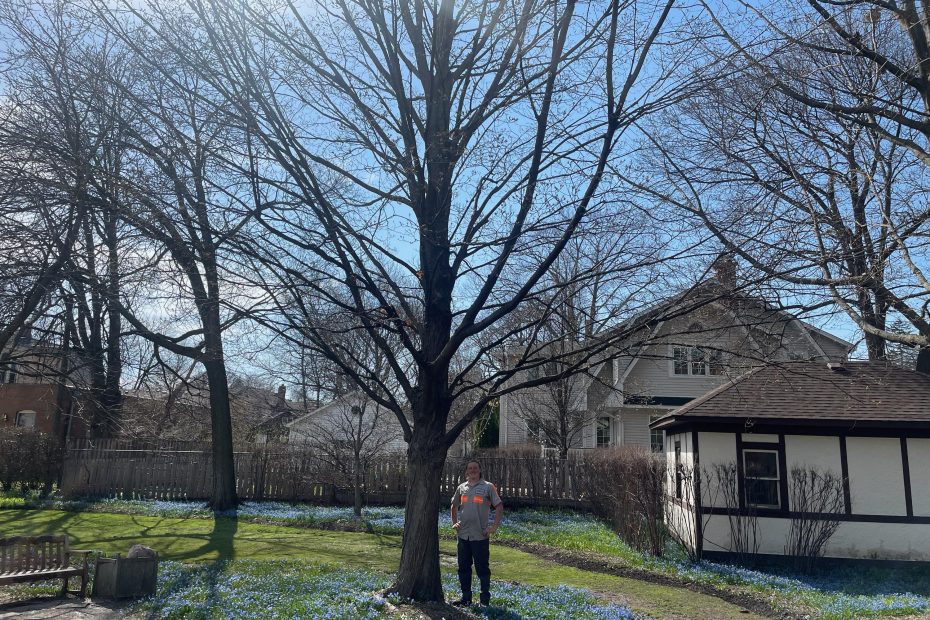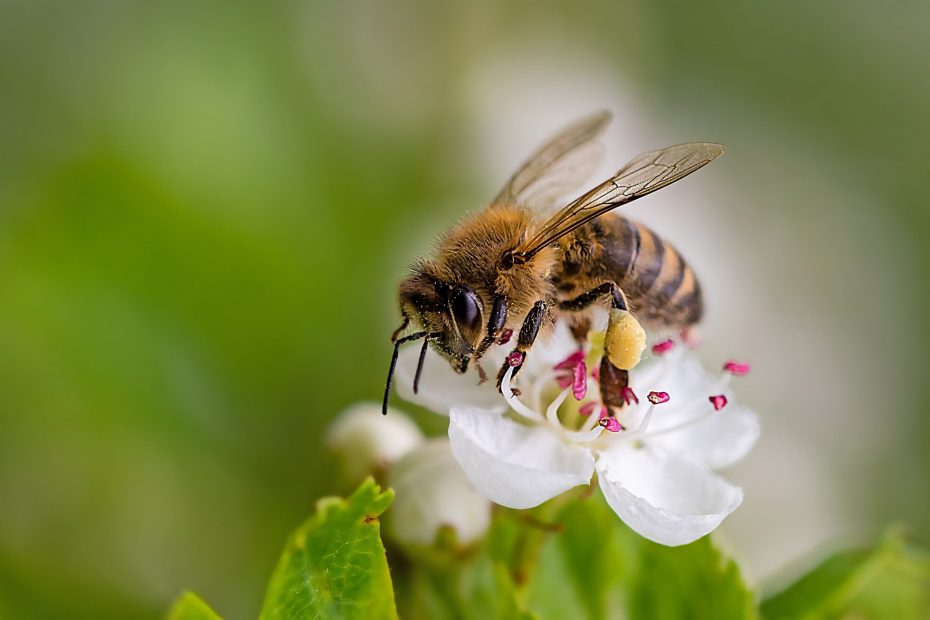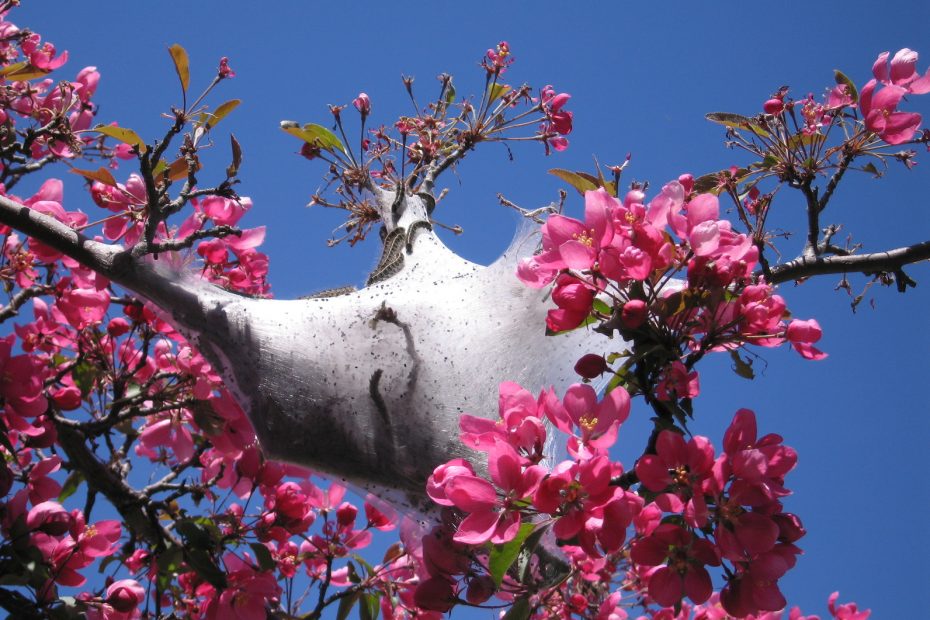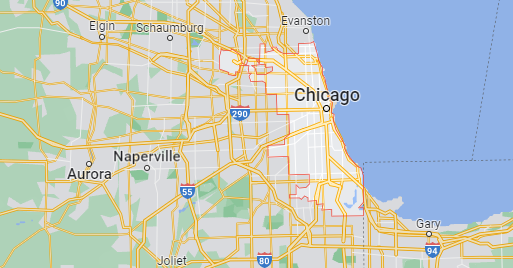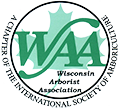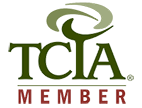Types of Flowering Trees You Will See this Spring in the Chicago Area
The spring season has arrived in Chicago and even though the summer is right around the corner, there is still time to take in the sight of the flowering trees that can be found all throughout Chicagoland. The warmer weather… Read More »Types of Flowering Trees You Will See this Spring in the Chicago Area
